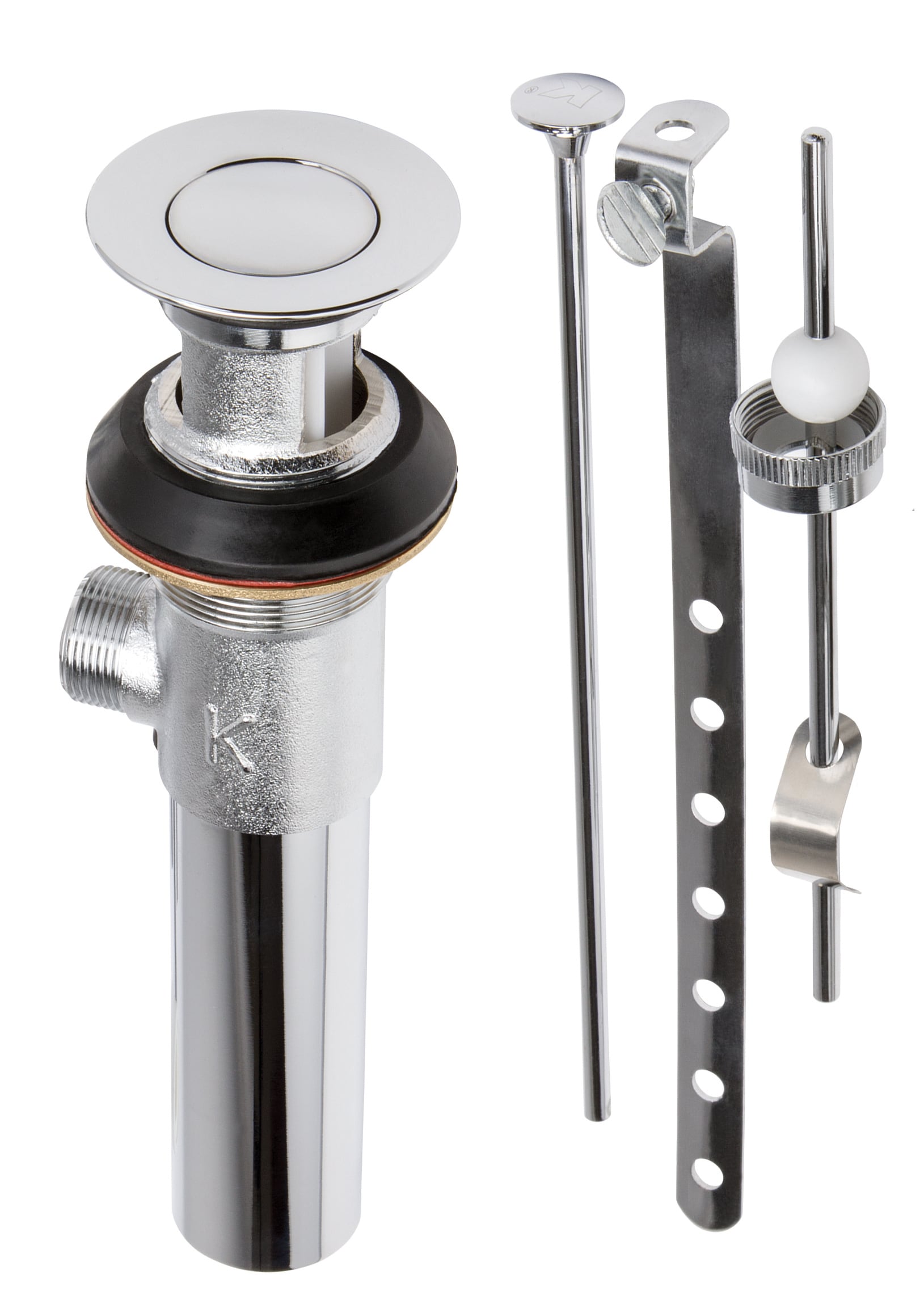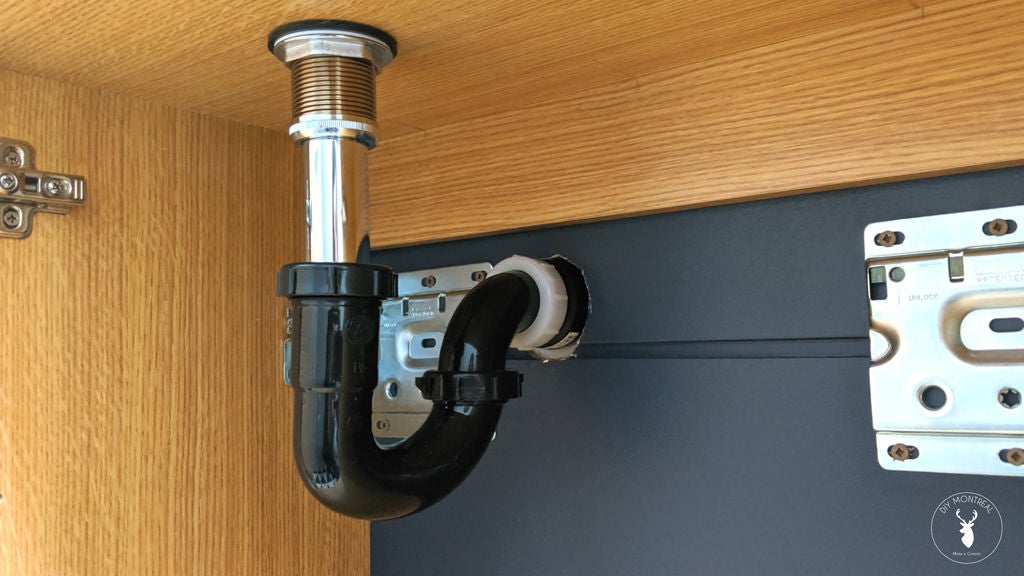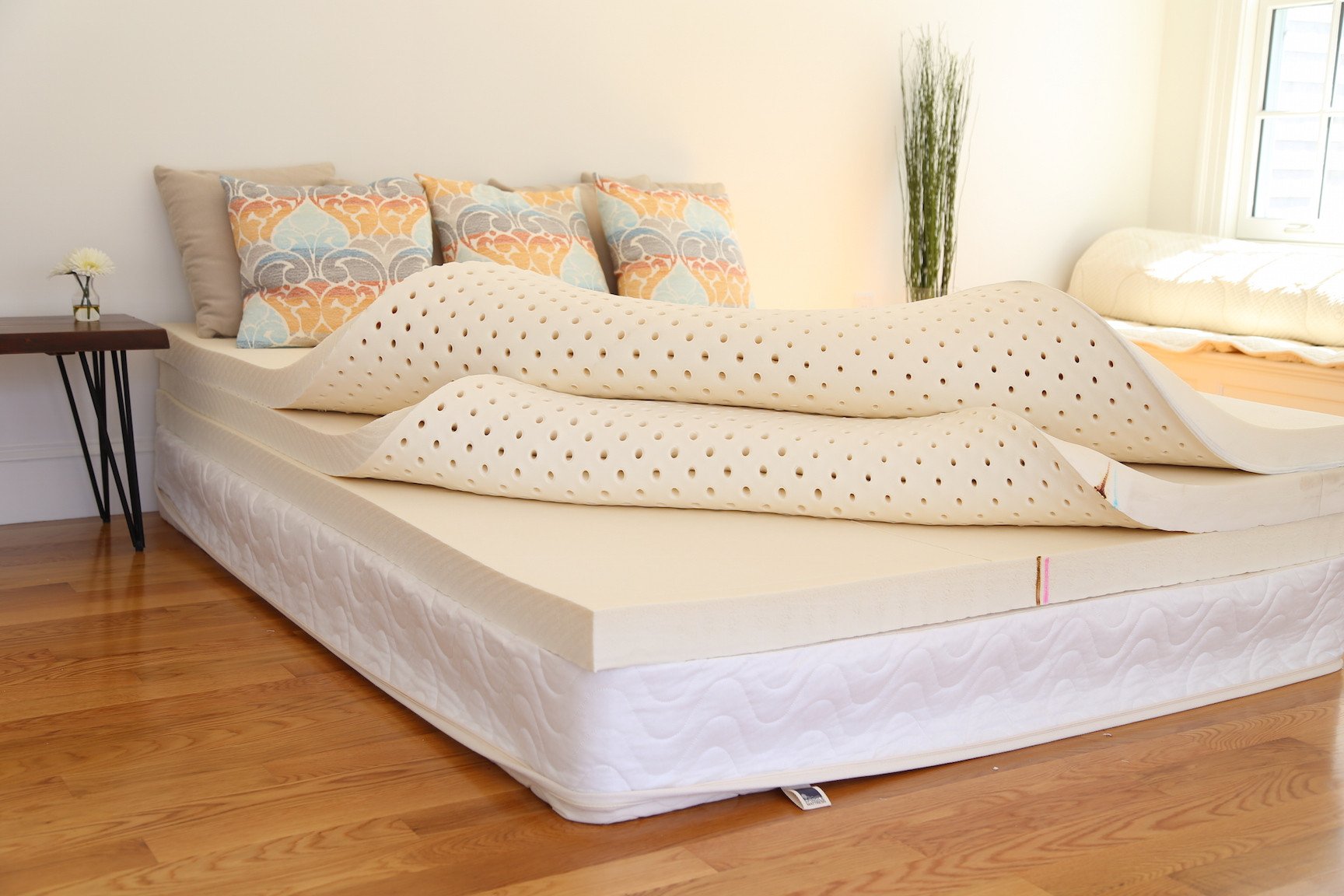1. Sink Drain: The Essential Component of a Bathroom Sink
One of the most important parts of a bathroom sink is the sink drain. This small but mighty component is responsible for keeping water flowing and preventing clogs. Without a properly functioning sink drain, your bathroom sink can become a frustrating and messy experience. Let's take a closer look at this crucial part of your bathroom sink.
2. Understanding the Anatomy of a Bathroom Sink
In order to fully appreciate the importance of a sink drain, it's helpful to understand the different parts of a bathroom sink. The main components include the basin, faucet, handles, and of course, the sink drain. The sink drain is typically located at the bottom of the basin and is connected to a stopper or strainer that allows water to drain out.
3. Types of Sink Drains
There are various types of sink drains available on the market, each with their own unique features and benefits. Some of the most common types include traditional pop-up drains, push-button drains, and grid strainer drains. Depending on your personal preference and the design of your bathroom sink, you can choose the type of sink drain that best suits your needs.
4. Sink Parts: What Makes Up a Sink Drain?
A sink drain is made up of several different parts that work together to ensure proper drainage. These include the tailpiece, which is the straight pipe that connects the sink to the drain; the P-trap, which is a curved pipe that traps debris and prevents sewer gas from entering your bathroom; and the drain flange, which is the part that connects the sink drain to the basin.
5. The Importance of Regular Cleaning and Maintenance
Just like any other part of your bathroom, it's important to regularly clean and maintain your sink drain. Over time, debris and grime can build up and cause clogs, leading to slow drainage or even a complete blockage. To avoid this, make it a habit to clean your sink drain at least once a month using a brush or snake to remove any buildup.
6. Common Sink Drain Issues and How to Solve Them
Despite your best efforts to keep your sink drain clean and well-maintained, issues can still arise. One common problem is a slow-draining sink, which can be caused by a clog or buildup in the drain. This can usually be solved by using a plunger or a drain cleaner to clear the blockage. Another common issue is a leaky sink drain, which may require replacing the gasket or tightening the connections.
7. Upgrading Your Bathroom Sink Drainage System
If you're looking to upgrade your bathroom sink drainage system, there are a few options to consider. You may want to switch to a more modern push-button drain or invest in a pop-up drain with an overflow feature. Additionally, you can choose from a variety of stylish and functional sink drain assemblies to add a unique touch to your bathroom sink.
8. The Role of Proper Installation in Sink Drainage Efficiency
Proper installation is crucial when it comes to ensuring efficient sink drainage. A poorly installed sink drain can lead to leaks, clogs, and other problems down the line. It's always best to hire a professional plumber to install your sink drain to ensure it is done correctly and to avoid any potential issues in the future.
9. Sink Drain Accessories: Adding Functionality and Style
In addition to the main components of a sink drain, there are also accessories that can enhance the functionality and style of your bathroom sink. These can include decorative drain covers, sink strainers, and even sink drain hair catchers. These small accessories can make a big difference in the overall look and performance of your sink drainage system.
10. Maintaining a Healthy Bathroom Sink Drainage System
A healthy bathroom sink drainage system not only ensures that your sink is functioning properly, but it also helps to maintain a clean and hygienic bathroom. By regularly cleaning and maintaining your sink drain, choosing the right type of sink drain, and properly installing and upgrading your system, you can ensure that your bathroom sink remains in top-notch condition for years to come.
Main Components of Bathroom Sink Drainage

1. Sink Basin
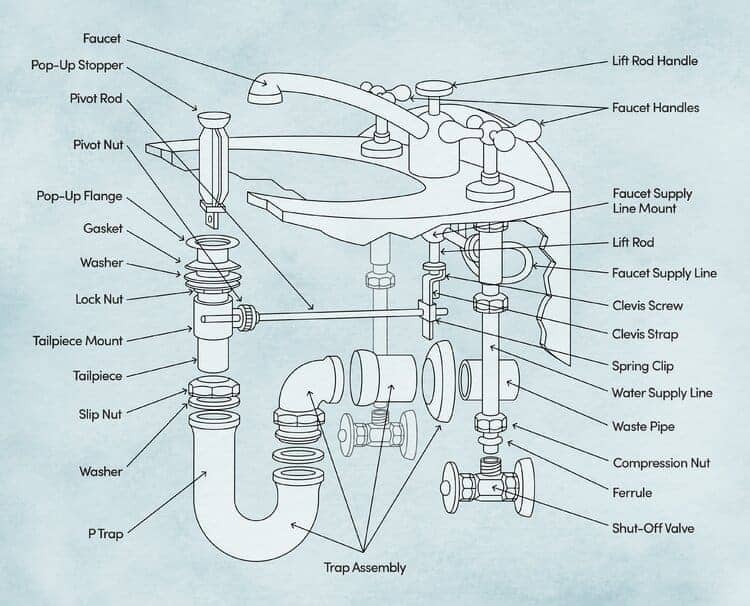 The sink basin is the main part of the bathroom sink drainage system, as it is where the water and waste are collected. The basin is typically made of porcelain, ceramic, or metal and can vary in size and shape. It is important to choose a sink basin that fits the design and size of your bathroom, as well as one that has a good drainage slope to prevent standing water.
The sink basin is the main part of the bathroom sink drainage system, as it is where the water and waste are collected. The basin is typically made of porcelain, ceramic, or metal and can vary in size and shape. It is important to choose a sink basin that fits the design and size of your bathroom, as well as one that has a good drainage slope to prevent standing water.
2. Drain Pipe
 The drain pipe is responsible for carrying the water and waste from the sink basin to the main sewer line or septic tank. It is usually made of PVC or metal and is connected to the sink basin with a gasket or sealant. The size of the drain pipe is also an important factor to consider, as a larger pipe will allow for better drainage and less clogging.
The drain pipe is responsible for carrying the water and waste from the sink basin to the main sewer line or septic tank. It is usually made of PVC or metal and is connected to the sink basin with a gasket or sealant. The size of the drain pipe is also an important factor to consider, as a larger pipe will allow for better drainage and less clogging.
3. P-Trap
 The P-trap, also known as a U-bend, is a curved section of the drain pipe that is designed to hold a small amount of water to prevent sewer gases from entering the bathroom. It also serves as a barrier for small objects that may accidentally fall into the sink drain. P-traps are usually made of PVC and can be easily removed for cleaning.
The P-trap, also known as a U-bend, is a curved section of the drain pipe that is designed to hold a small amount of water to prevent sewer gases from entering the bathroom. It also serves as a barrier for small objects that may accidentally fall into the sink drain. P-traps are usually made of PVC and can be easily removed for cleaning.
4. Pop-Up Drain Assembly
 The pop-up drain assembly is the part of the sink drainage system that controls the flow of water from the sink basin. It consists of a stopper, a lift rod, and a horizontal pivot rod that are connected to the drain pipe. When the lift rod is pulled up, the stopper closes the drain and when the lift rod is pushed down, the stopper opens to allow water to flow through the drain.
The pop-up drain assembly is the part of the sink drainage system that controls the flow of water from the sink basin. It consists of a stopper, a lift rod, and a horizontal pivot rod that are connected to the drain pipe. When the lift rod is pulled up, the stopper closes the drain and when the lift rod is pushed down, the stopper opens to allow water to flow through the drain.
5. Vent Pipe
 The vent pipe is an essential part of the bathroom sink drainage system as it allows air to enter the pipes and equalize the pressure, which helps to prevent clogs and maintain proper drainage. The vent pipe is usually connected to the drain pipe and extends through the roof of the house. It is important to ensure that the vent pipe is free of any obstructions to maintain proper air flow.
The vent pipe is an essential part of the bathroom sink drainage system as it allows air to enter the pipes and equalize the pressure, which helps to prevent clogs and maintain proper drainage. The vent pipe is usually connected to the drain pipe and extends through the roof of the house. It is important to ensure that the vent pipe is free of any obstructions to maintain proper air flow.
Conclusion
 A functional and efficient bathroom sink drainage system is crucial for any house design. It is important to understand the main components of the system and how they work together to ensure proper drainage. By choosing the right sink basin, drain pipe, P-trap, pop-up drain assembly, and vent pipe, you can create a well-designed and effective bathroom sink drainage system for your home.
A functional and efficient bathroom sink drainage system is crucial for any house design. It is important to understand the main components of the system and how they work together to ensure proper drainage. By choosing the right sink basin, drain pipe, P-trap, pop-up drain assembly, and vent pipe, you can create a well-designed and effective bathroom sink drainage system for your home.
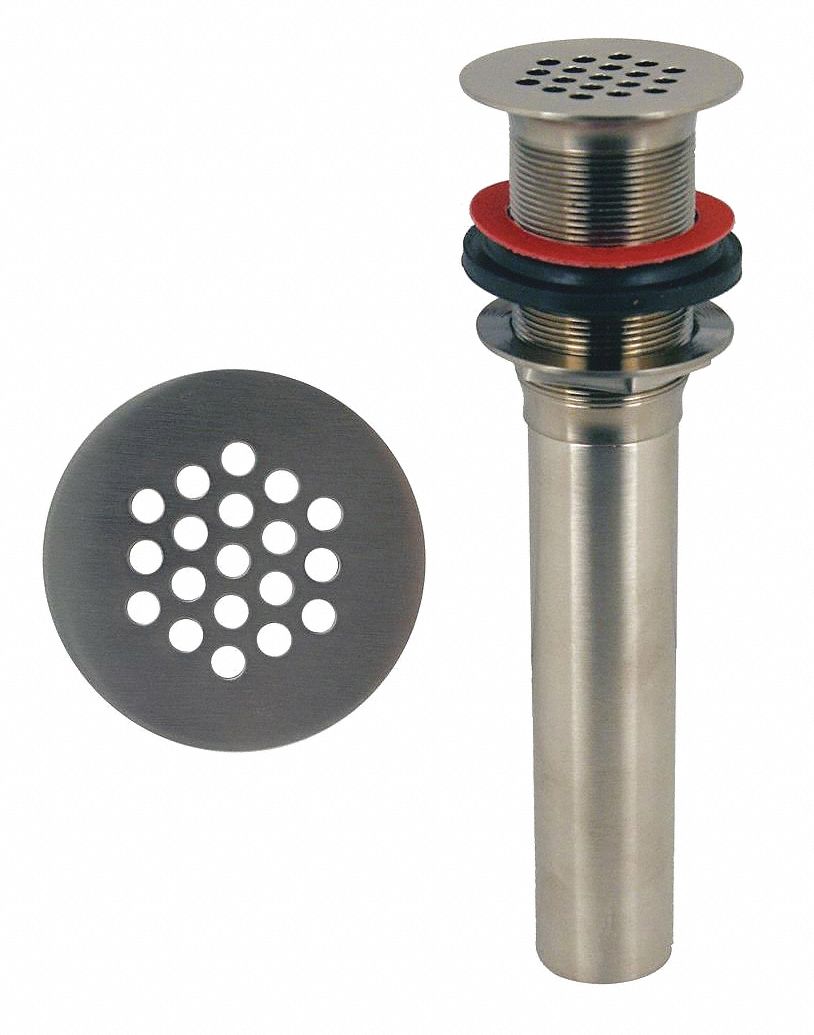




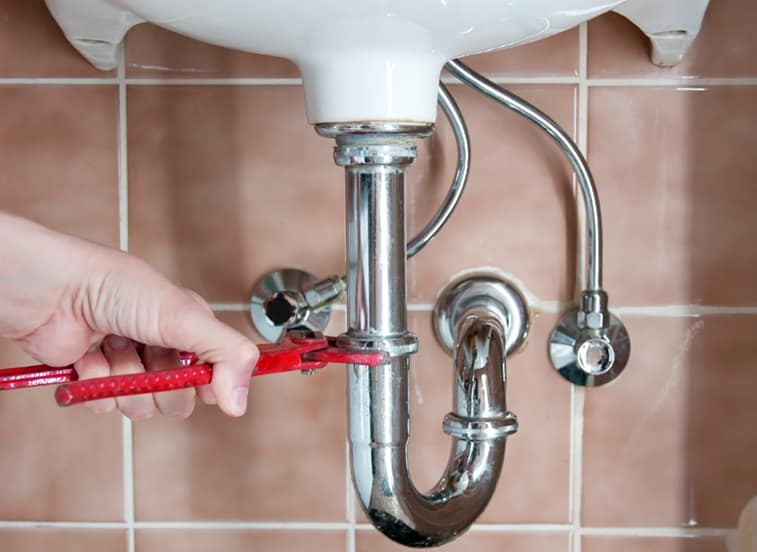



/sink-drain-trap-185105402-5797c5f13df78ceb869154b5.jpg)
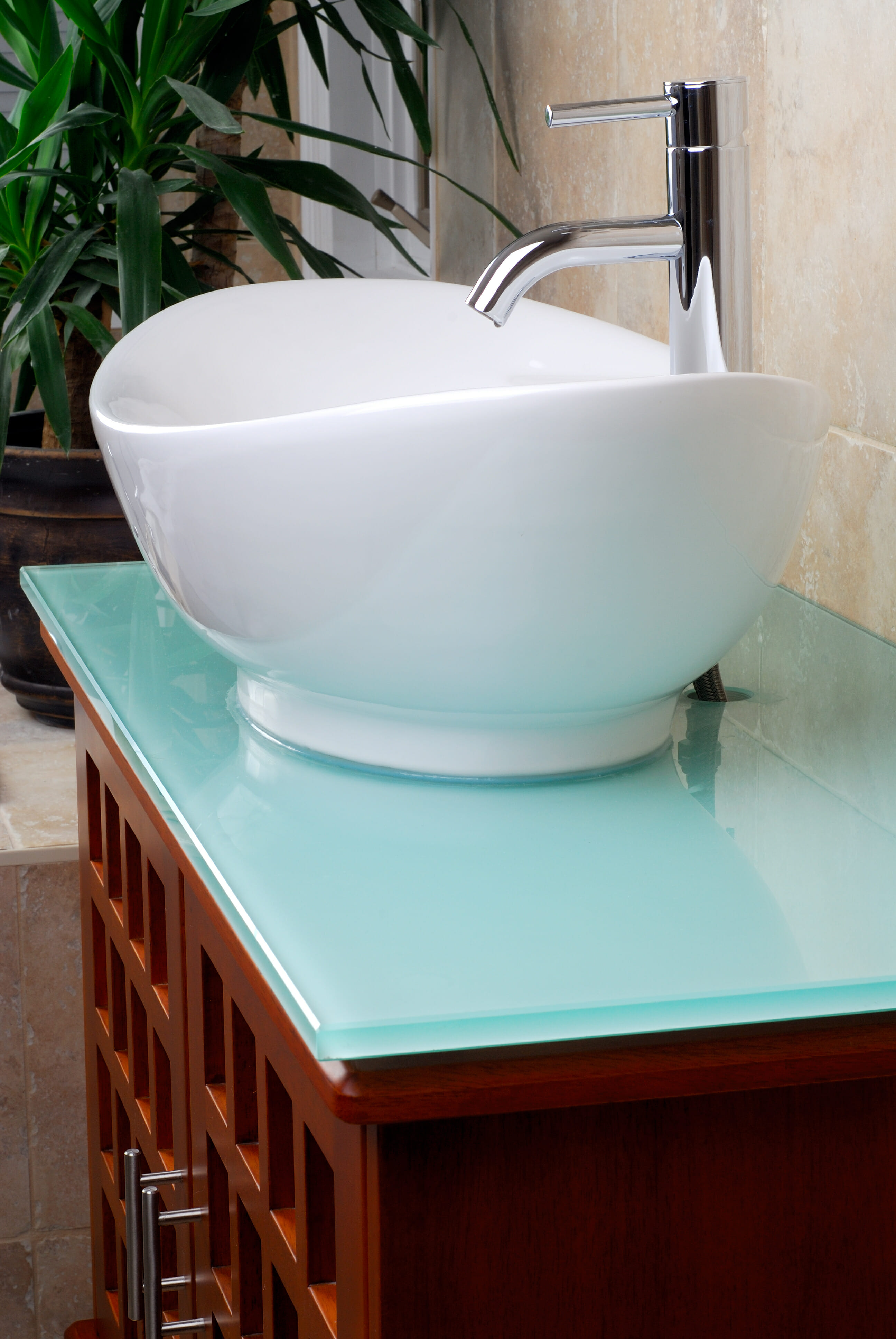



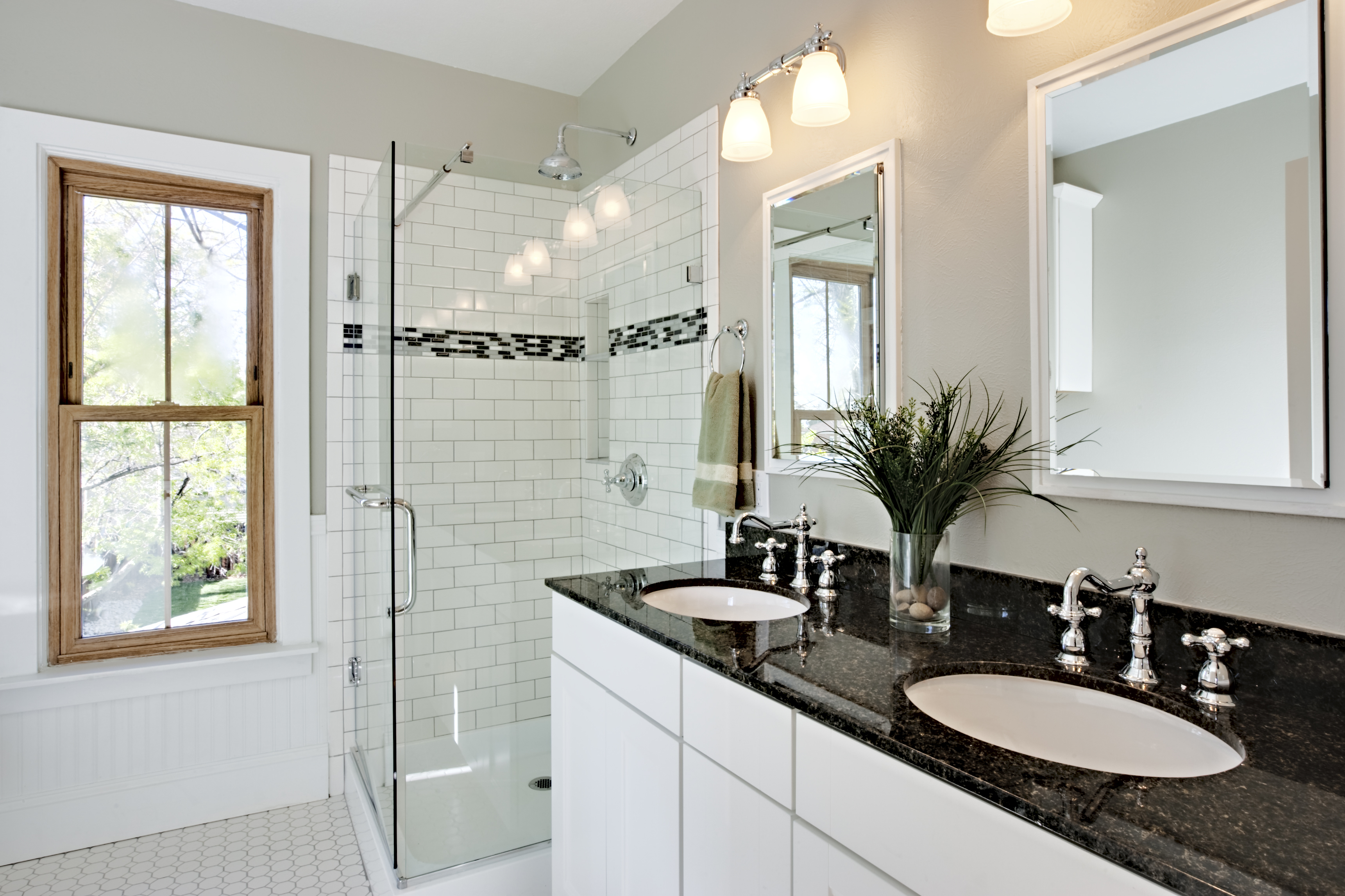


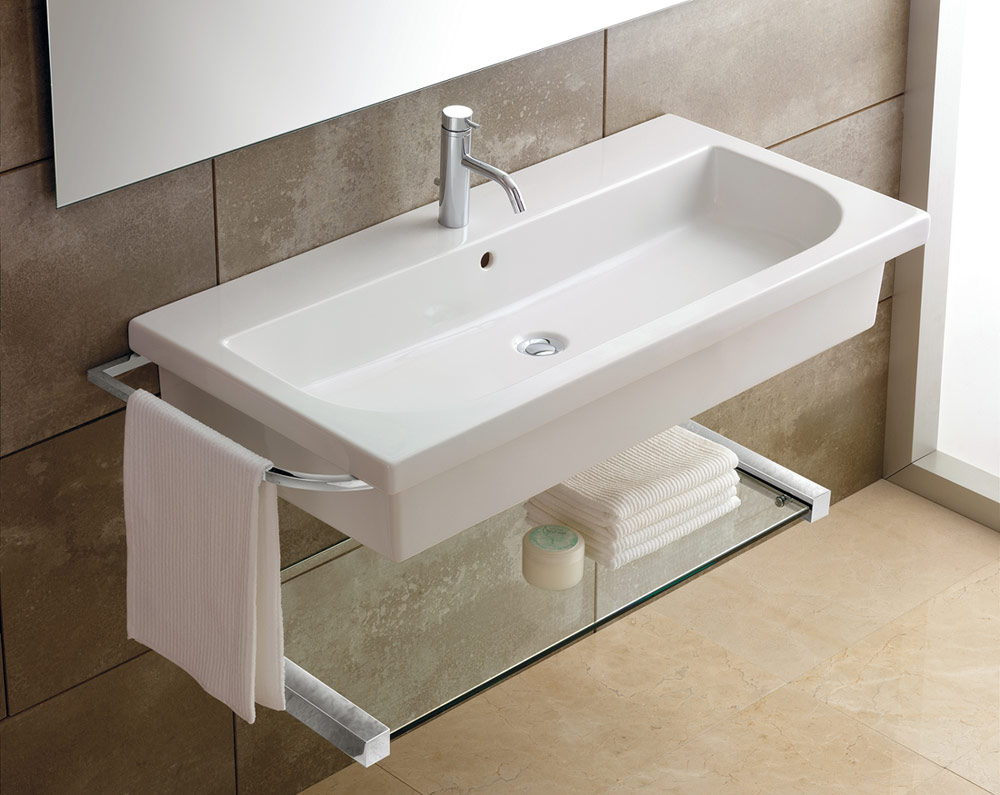













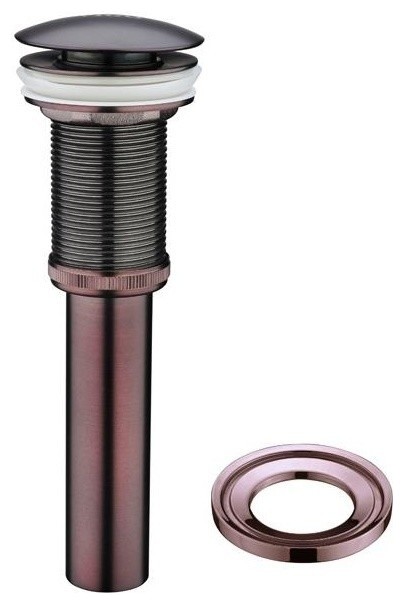
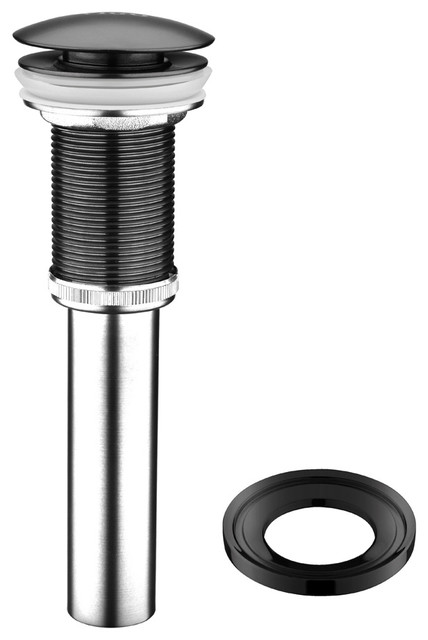
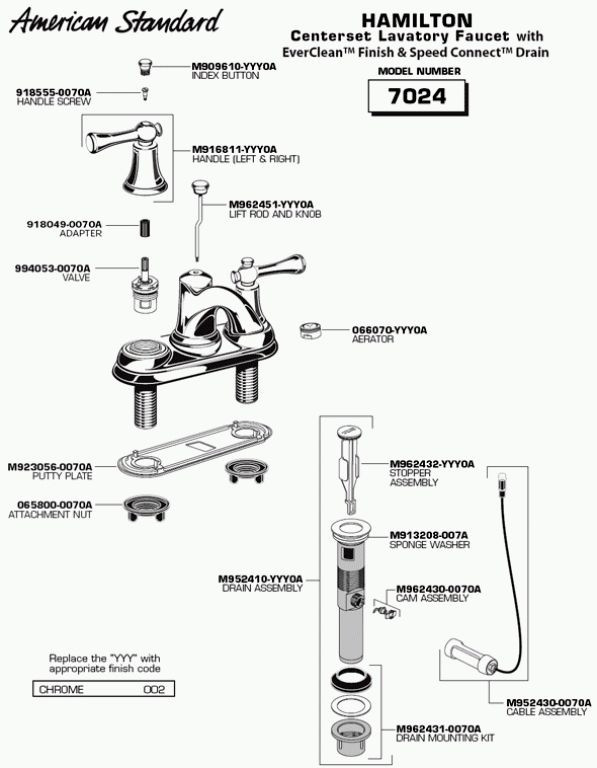


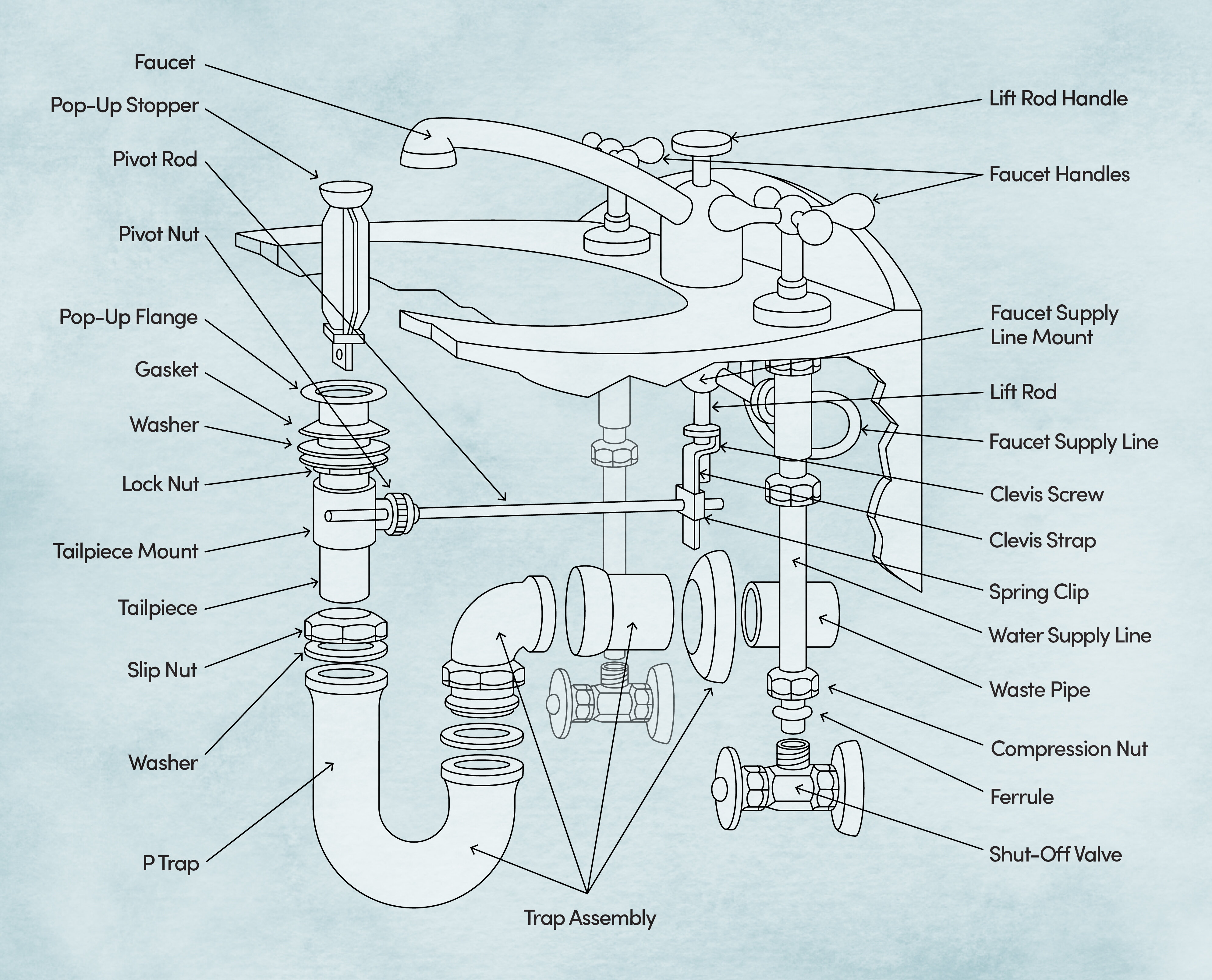






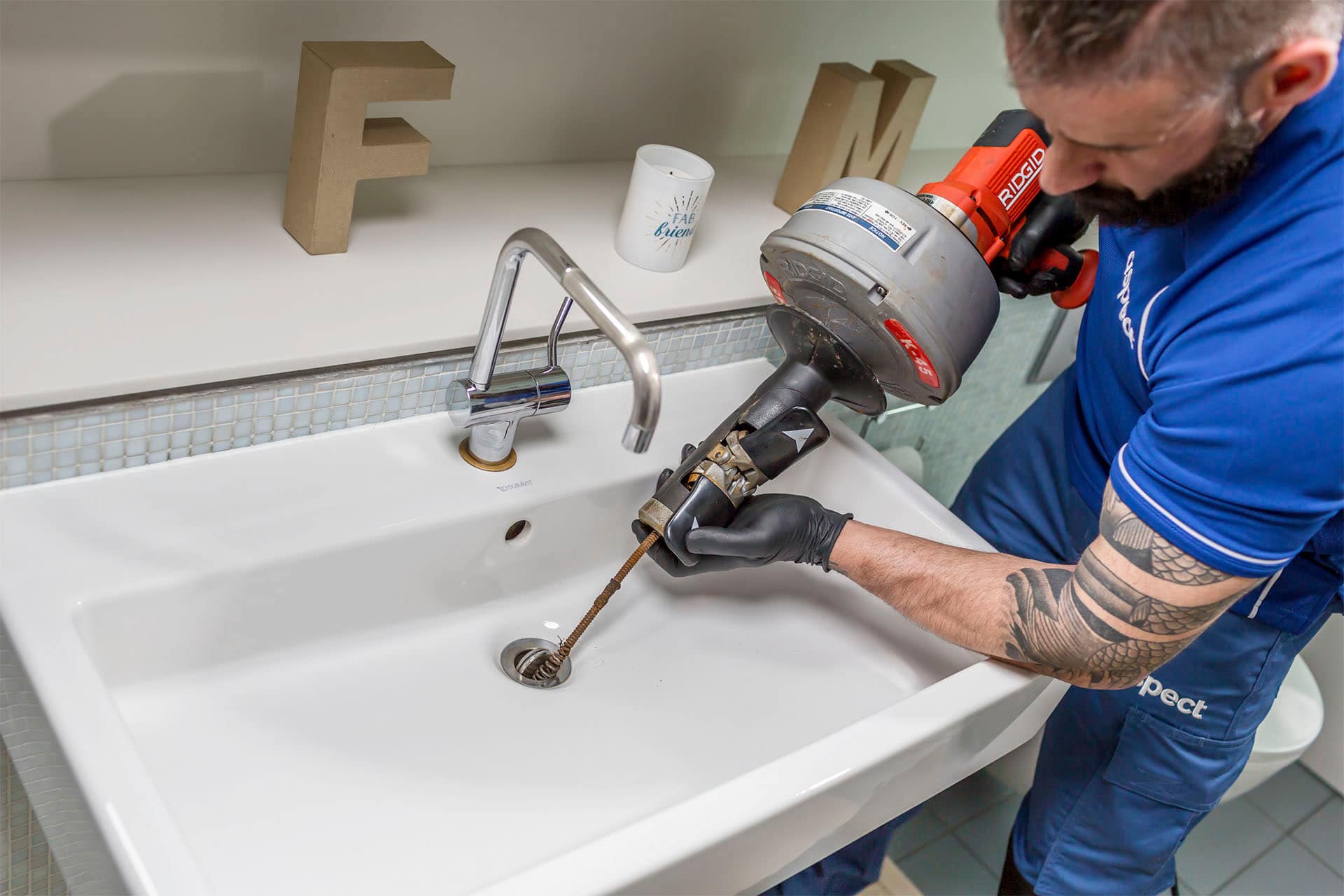










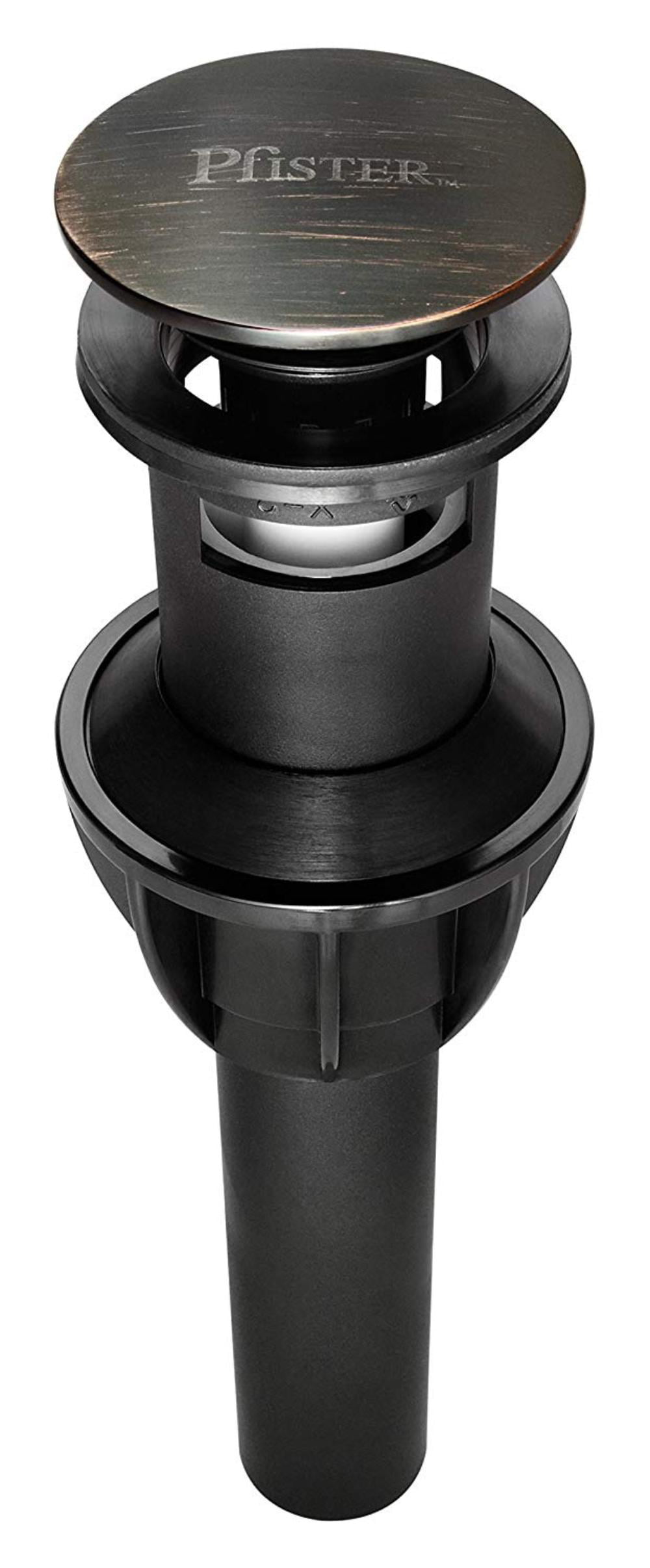







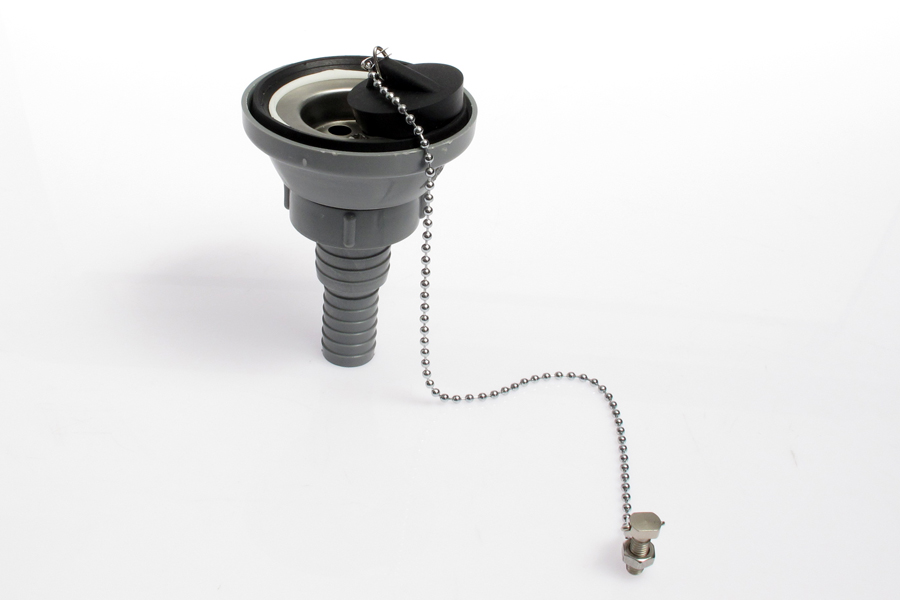

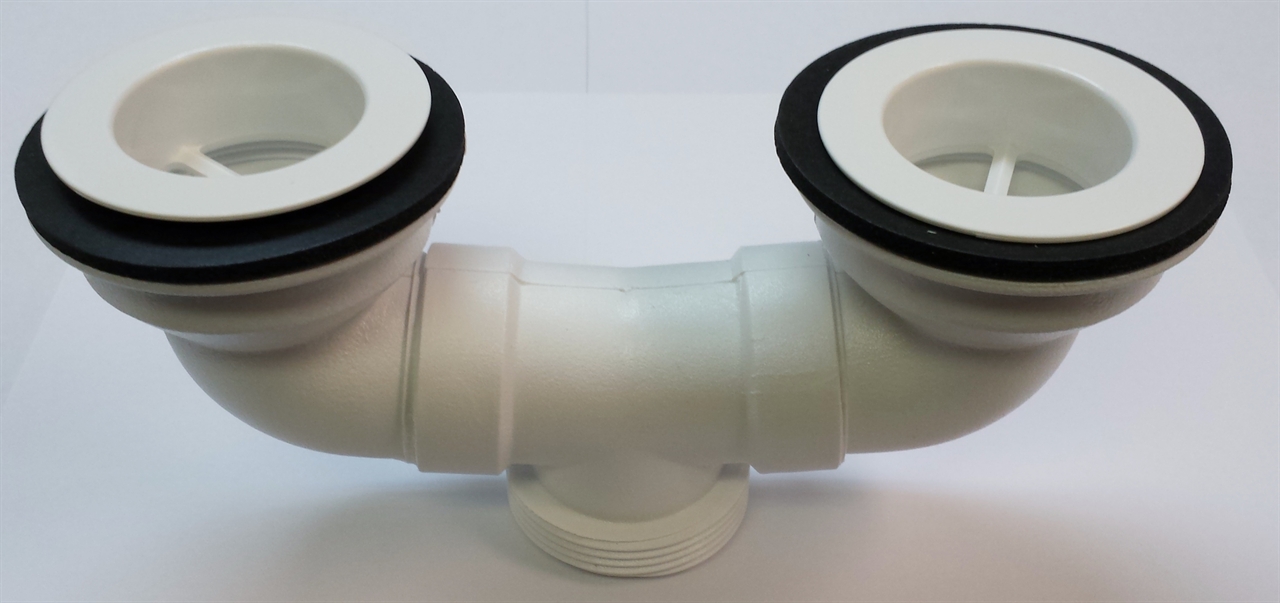
/how-to-install-a-sink-drain-2718789-hero-b5b99f72b5a24bb2ae8364e60539cece.jpg)
